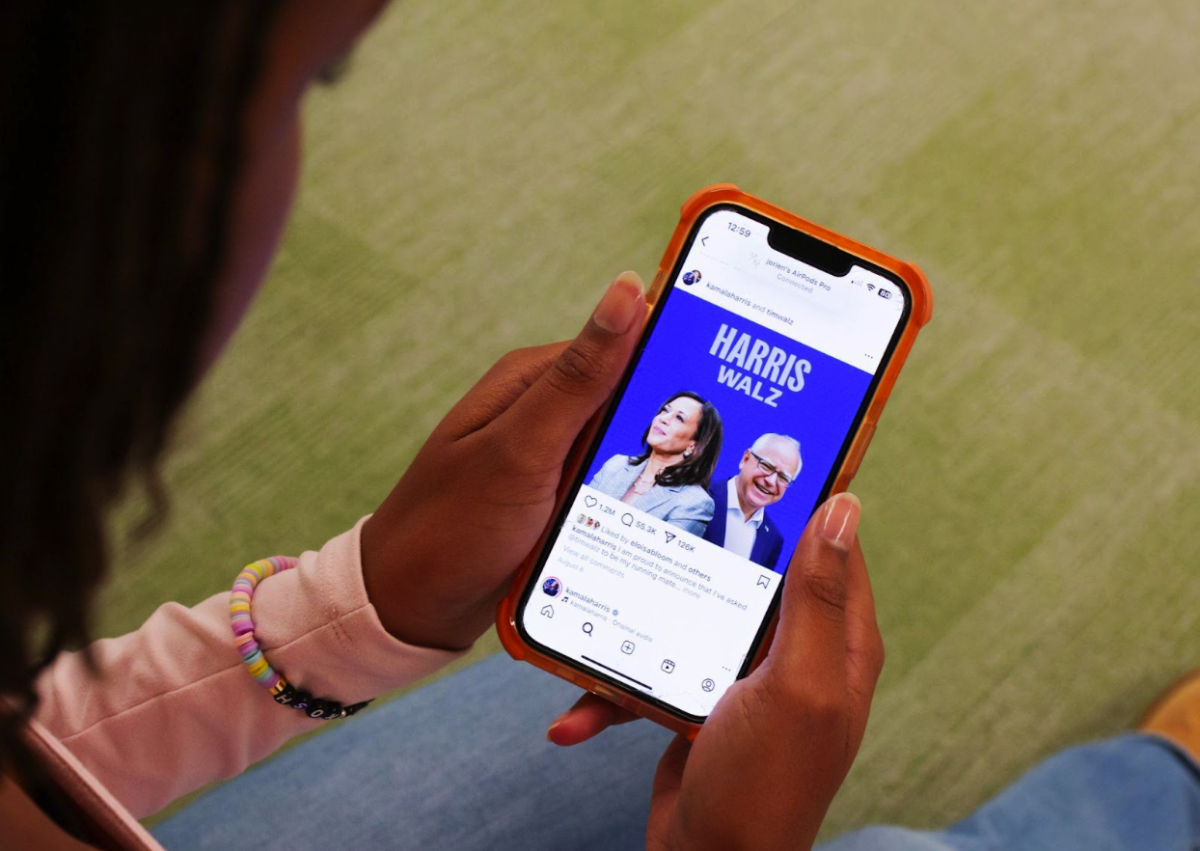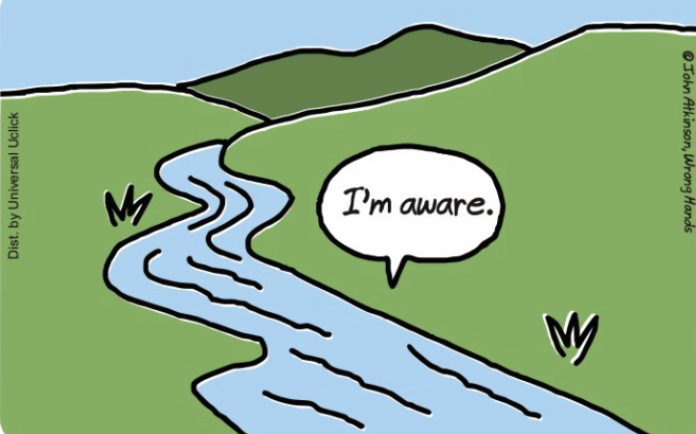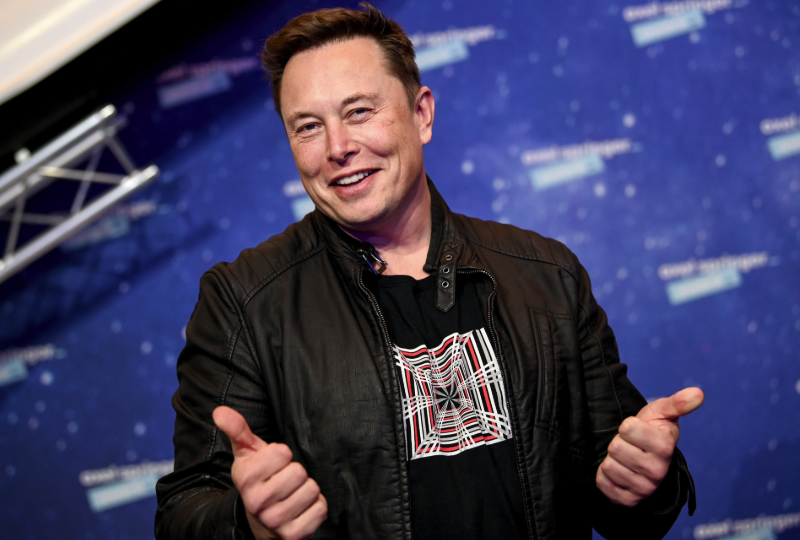Picture this: your radical right/left-wing uncle just said something inflammatory about politics, and the dinner table has gone silent, marking the revitalization of American partisan vigor.
Everywhere you look— your email, your messages, the signs on your neighbor’s lawn, even your uncle— are reminding you to vote in the 2024 presidential election. Now more than ever before, a political candidate’s social media presence, in the form of advertisements, posts, and more, carries incredible weight in that candidate’s public image. Users are predisposed to using these platforms to support their favored candidate (think of your extremist uncle who is always on Facebook)— and, according to some theorists, this increases polarization in our increasingly divisive modern America. Facebook, however, claims that this viewpoint is unsupported by research, and most data shows that while political polarization has been on the rise, this effect has been observed and traced back to before the internet.
Still, it’s undeniable that campaign material travels quicker than ever before because of these ubiquitous apps, bombarding voters with campaign videos, advertisements, and recruitment calls. One reason for this barrage of information is how much the election’s result relies on independent voters, who make up around half of American voters. According to Wael Jabr, an assistant professor of supply chain and information systems at Pennsylvania State University, a little push on Twitter or Instagram might be enough to convince an independent to sway one way or another based on the information provided about a party’s approach to a policy, such as implementing higher or lower tax rates for American billionaires. In essence, social media is not causing increased polarization but rather “adding fuel to the fire” because of the speed at which material can be spread, according to research by the NYU Stern Center for Business and Human Rights.
Traditional news outlets, such as television or newspapers, continue to report objectively (or as objectively as some sources can muster). In contrast, platforms such as Facebook, Twitter, and TikTok are rife with misinformation about the election, primarily from social media influencers, who must now compete with election candidates for profit. These social media influencers, according to Jabr’s research, hold greater power than most other campaign materials in the minds of the average voter, thus catalyzing a need for candidates to regulate and take further control over the election. More alarmingly, it’s widely known that search engines such as Google tend to feed users content based on their previous searches or other online activities, often resulting in the showing of one-sided political content, either for or against a single party. For single-party voters, their party’s views can be exaggerated and be reflected on the voters themselves. Along with social media’s undeniable power to manipulate human emotions, this can further distort and separate Americans, encouraging them to pick a side. This polarization can lead to issues with legislative compromise and institutional norms in elite settings, according to the Carnegie Endowment for Peace. Pernicious polarization can also lead to political ideals morphing into social ideals; for example, a citizen’s view of social issues has increasingly been tied to their political affiliation, leading to greater general distrust among the public and kickstarting the release of more inflammatory and misinformed political content.
What should we do about this polarization, which has been omnipresent in American history and culture since the 1950s? Systemic intervention, either through institutional reform or new policies on voter education, is needed to give American voters more choices and lower the high stakes of the 2024 election. Some possible examples from abroad include New Zealand’s mixed-member proportional representation system and Ireland’s ranked-choice voting in multimember districts, which have provided opportunities for more voters’ voices to be heard beyond a binary gridlock. Most importantly, we must realize the power of social media: how heavily it weighs into the 2024 election, permeating our news, messages, and posts, and how easily misinformation can be spread to promote or demote a party. Without better management of new technologies such as social media, American democracy could end in the timeframe of a thirty-second YouTube ad.
Edited by Bethany Chern



